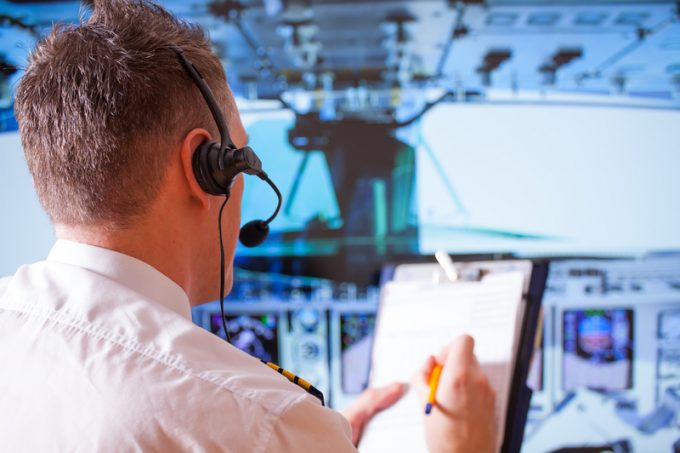India's CarGo boosts freighter fleet to capitalise on e-commerce boom
IndiGo, India’s largest private airline, sees cargo as a strong growth tool as the market ...

Aircraft conversion outfits are going full tilt turning narrowbody aircraft into freighters to meet rampant demand for capacity to carry the rapid growth of e-commerce shipments, but a shortage of flight crews threatens to hamper the expansion of narrowbody fleets and regional freighters.
A dearth of pilots is hitting regional operators particularly hard.
In the US this shortage was highlighted in late February when Republic Airways filed for bankruptcy protection, blaming a lack of flight crews that had forced it to ground aircraft.
Running over 1,000 feeder flights a day for American, Delta and United, Republic is one of the largest regional carriers in the US.
Republic’s troubles evoke memories of Shenzhen-based Jade Cargo Airlines, a failed joint-venture involving Lufthansa Cargo and Chinese partners, which struggled to find enough pilots to man its fleet of six B747-400 freighters.
The rapid growth of China’s aviation sector has left airlines scrambling to fill flight decks for years, prompting frantic efforts to boost the output from flight schools.
But despite a marked increase in the number of commercial pilots, Chinese aviation officials warned last year that there were still not enough pilots available.
“China has not enough pilots ever,” remarked Brian McCarthy, vice president of aircraft trading at Precison Aircraft Solutions, which specialises in B757 conversions. The company recently got new conversion orders from Chinese clients.
The whole of Asia is short of pilots. According to a report published last year, output from Asian flight schools is woefully short of producing the number of pilots needed in the region. The pilot shortage forced two Japanese carriers to cut back on flights and caused budget airline JetStar held off on expansion plans in the Asia-Pacific region.
The situation is expected to worsen with large numbers of pilots from the baby boomer generation heading towards retirement.
The flight crew supply is relatively stable in the widebody segment, which is largely a reflection of the senior status of these pilots and of the slower global fleet growth compared to the narrowbody arena.
In the US the pilot shortage has been exacerbated by rules to improve the standard of airline pilots that came into effect last year. In response to the fatal crash of a regional passenger plane in February 2009, US authorities introduced new entry requirements for commercial airline pilots, mandating that co-pilots must have a minimum of 1,500 hours of flight experience to qualify, a six-fold increase from the previous threshold.
Regional freighter operators have borne the brunt of the new regime, according to the Regional Air Cargo Carriers Association.
“We have a serious crisis going on in our industry,” warned RACCA chairman and Empire Airlines chief executive Tim Komberec. “There’s much debate about the pilot shortage in the United States and in the world, but there is absolutely no doubt that at our level – where we perform, where we recruit pilots from and where we are on the food chain – we have an extremely serious problem and it has taken on crisis proportions.”
US operators in the narrowbody freighter segment have not reported instances of grounding planes due to flight crew limitations, but they are shouldering the financial burden of higher remuneration and retention packages to keep up their numbers.
Mr McCarthy recalled a recent conversation with one client who has been going to great lengths to keep flight crews happy. “They are worried these guys could jump ship and get passenger and type rated in more advanced planes,” he reported.
There has also been discontent among US cargo pilots over freighters’ exemption from legislation introduced in the US in 2013 that reduced the maximum work hours for commercial pilots and a mandatory 10-hour break between flights. Pilot organisations at FedEx and UPS have been vocal critics of the exemption and continue to lobby for the rules to be extended to the cargo sector.
Mr McCarthy added that the pilot shortage could seriously crimp growth – if it has not already done so. “I think people’s plans to bring on planes are driven by pilot availability,” he said.
Comment on this article